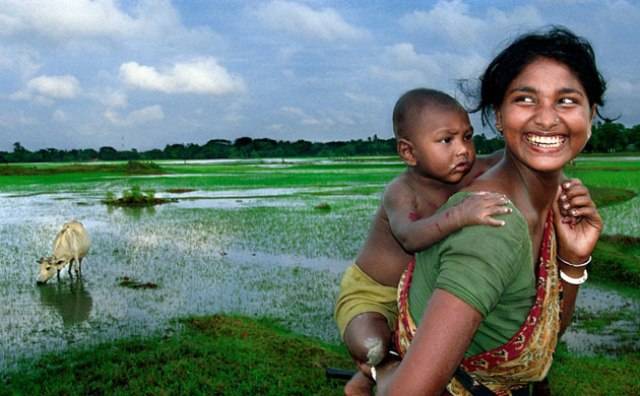
This information was given by the Minister of State in the Ministry of Agriculture & Farmers Welfare Shri. Parshottam Rupala yesterday in Rajya Sabha, that the Government is aiming to reorient the agriculture sector by focusing on an income-centeredness in addition to pure production centeredness approach. The Department has, therefore, been implementing various schemes to meet this objective viz. Soil Health Card (SHC) scheme, Neem Coated Urea, Paramparagat Krishi Vikas Yojana (PKVY), Pradhan Mantri Krishi Sinchai Yojana (PMKSY), National Agriculture Market Scheme (e-NAM), Pradhan Mantri Fasal Bima Yojana (PMFBY), Interest Subvention Scheme etc.
For other informations: www.krishijagran.com
There has been a big jump in the much needed budgetary allocations for the agriculture sector. For the period 2009-2014, the budget for agriculture was Rs.1,21,082 crore. During 2014-2019, the allocation has been enhanced by 74.5 per cent to Rs.2,11,694 crore. Non-budgetary resources have been mobilized to supplement budgetary resources.

Giving a major boost for the farmers’ income, the Cabinet Committee on Economic Affairs has approved the increase in the Minimum Support Prices (MSPs) for all kharif crops for 2018-19 Season. The decision of the CCEA is a historic one as it redeems the promise of the pre-determined principle of fixing the MSPs at a level of at least 150 percent of the cost of production announced by the Union Budget for 2018-19. The Commission for Agricultural Costs and Prices (CACP) has recommended MSPs for all kharif crops broadly in line with the announced principle.
Mission for Integrated Development of Horticulture (MIDH), a Centrally Sponsored Scheme is implemented to holistic growth of the horticulture sector covering fruits, vegetables, root and tuber crops, mushrooms, spices, flowers, aromatic plants, coconut, cashew and cocoa. Mission subsumes National Horticulture Mission (NHM), Horticulture Mission for North East & Himalayan States (HMNEH), National Horticulture Board (NHB), Coconut Development Board (CDB) and Central Institute for Horticulture (CIH), Nagaland. All States/UTs are covered under MIDH.

Various interventions being taken under MIDH for the development of horticulture sector and to increase their income are given below:
1. Increasing productivity through introduction of improved varieties, quality seeds and planting materials, protected cultivation, high density plantation, rejuvenation, precision farming and horticultural mechanization.
2. Diversification to High Value Horticulture for orchards and Plantation crops, Vineyards, vegetable & flower gardens, Bee keeping , Mushroom cultivation , off season vegetables.
3. Promoting Post Harvest Management through Cold Storage (CS), cold chain supply including pack houses, ripening chamber, reefer vehicle, etc.
4. Promoting Primary and minimal processing.
5. Market Linkages: Market infrastructure such as mobile vending cart, retail outlet, primary and wholesale markets. Creating direct market/farmers market.
6. Aggregating farmers into Farmer Producers Organisation (FPO)/Farmer Interest Group (FIG) and promoting their tie up with Market Aggregators (MAs) and Financial Institutions (FIs).
7. Skill Development: Human Resources Development such as awareness programme, farmers training, exposure visit, etc. Providing training on latest technologies on production and post-harvest management to women and youth. Converting Human Resource Development (HRD) interventions to Skill Development in Horticulture as per Agriculture Skill Council of India (ASCI) curriculum.
8. Food & Nutritional Security: Increasing Area and Production of horticulture crops with high nutritional value.
9. Promotion of Integrated Nutrient Management (INM)/Integrated Pest Management (IPM), organic farming, Good Agricultural Practices (GAP).















